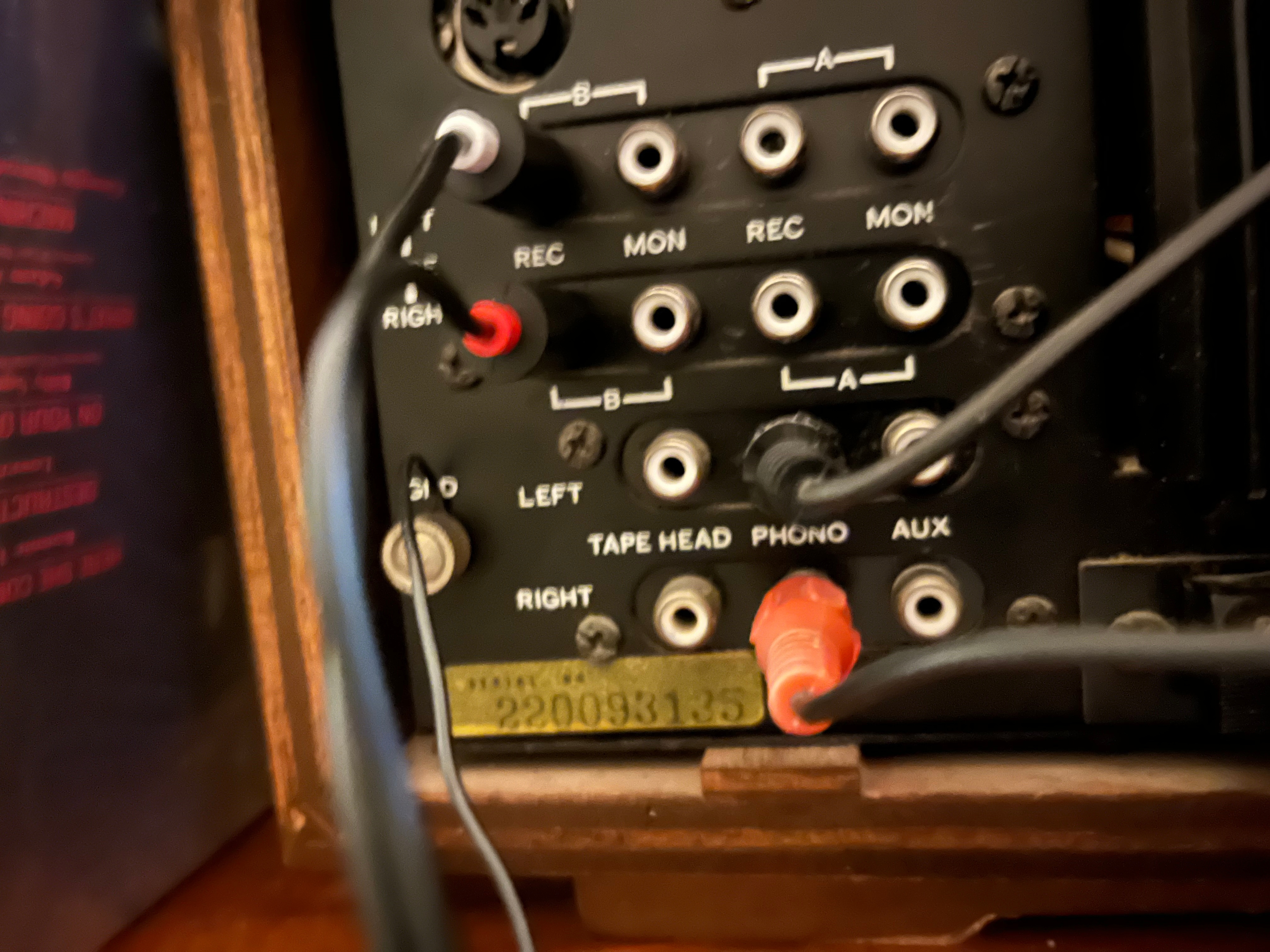
I know that others have had success with this, but I’m not sure if my receiver is compatible with the Sonos system and thought I would see if anyone had any other ideas.
I am trying to connect my Port to my vi rage Sansui 5000 receiver to play vinyl records. It seems like I am supposed to connect the “output” on the receiver to the “input” on the Port. However, my receiver doesn’t have a clear “output” setting (and also the plugs aren’t color coded!) I have tried connecting the cords to both the “Rec” and “mon” plugs and that doesn’t work. I have also tried connecting the turntable directly to the Port and that doesn’t work either. Would appreciate any ideas!

